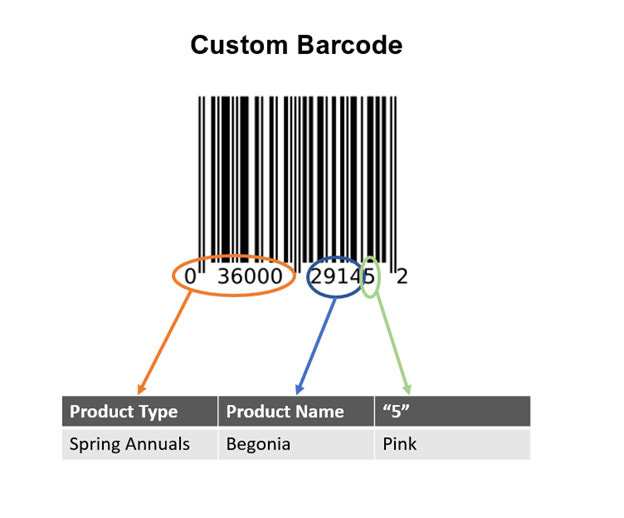
You may be wondering how you can get Amazon shipping free. Read on to learn more about the Prime membership, Minimum purchase requirement, and limitations. Once you've joined Prime, you'll be able to get free shipping on orders over $25. As a member of Prime, you can save even more on Amazon purchases. Amazon's Subscribe & Save service is a must, regardless of whether you're purchasing one-off products or replenishing your shelves. You can even change how frequently you order and change the frequency of your subscriptions at any time.
Prime membership
Amazon Prime is an excellent way to save money and add family members. If you shop online regularly, you can also take advantage of subscribe and save deals, which offer 15% discounts on a wide variety of items. While you may be surprised at how much you can save by joining Prime, it's still worth it for free shipping alone. Amazon Prime is well worth every penny.

Purchasing products from Amazon is free with Prime. You can buy multiple items from Amazon at once and not pay shipping costs if you spend less than $25. Bundle offers are available for those who don't belong to Prime. Amazon makes it easy to bundle inexpensive items while still saving a few dollars. This is a great deal, and it can help save you money on things you don’t need.
Minimum purchase requirement
For several years, there was a $49 minimum order for shipping. In January, Walmart decreased the minimum to $35. The company's goal is to lure customers to Prime membership, which offers free two-day shipping on more than 50 million items, unlimited photo storage, and free Kindle books. Nonetheless, Amazon's shipping minimum requirement is a bit high and many shoppers would be better off just buying one item from a competitor.
Both parties will benefit from the company's policy shifts. Although fierce competition between retail companies can provide huge opportunities for some, it could also be detrimental to competitors. Competition almost always benefits consumers, however. Since the beginning of this year, many retailers have been offering their customers free shipping. Walmart and Target for example extended their free shipping offer to nonmembers but not Prime members. Amazon has now increased their shipping costs to get more customers.
Limits on free shipping
Republican U.S. senator Chuck Grassley has introduced legislation to limit Amazon's use private label products. Amazon cannot force third-party vendors to use its fulfillment services. But, the bill allows them to choose to. It would also ban dominant platforms from requiring third-party sellers to use their fulfillment services. If passed, the bill would prevent Amazon from selling any private label products.

To qualify for Amazon Shipping Free, you need to spend a minimum amount when checking out. The minimum amount required to qualify for free shipping was $35 up until recently. But in 2013, Amazon quietly raised the minimum purchase amount to $49, which means that you can now get free shipping for more items. Amazon Prime members have lower limits. While you can still order books at no cost, you will need to spend a certain amount in order to receive free shipping.
FAQ
How do I avoid getting conned online?
You need to be careful when purchasing online. Before making a purchase, always read customer reviews. Don't send sensitive financial information by email. Use a secure website like PayPal instead. This way, you can rest assured knowing that your information is safe.
Can I order clothes online and have them returned?
Absolutely! Online shopping is now easier than ever. All major retailers offer free return policies. You can simply print a label, and then drop it off in the mail.
But, you won't get a refund until the item arrives. So, if you change your mind about the product, you'll need to send it back.
Why should I not believe the online and in-store sales hype?
Sometimes, sites will overstate the starting price of an object to make you appear to be saving more. Make sure to add the item you are interested in to your shopping cart so it doesn't get lost. Then, search Google for the designer name and type of product that you are searching for. You might find out that the great deal you thought you got is actually not so great. You might find the exact item on sale for less.
Do I need to worry about my privacy when I shop online?
It is important that consumers know the information they are sharing with companies like Amazon.com. Asking consumers if they would like to share their personal data with Amazon is a good idea. If you do not wish to provide this information, you might have to limit your shopping at sites where you feel comfortable sharing private data.
Statistics
- An approximately 90% increase in price affords Hotel X the opportunity of extreme profits under severe circumstances. (dos.ny.gov)
- The tax is automatically added once you click the checkout button, so factor in an additional 20% when looking at the product page. (makeuseof.com)
- The vast majority only change a password to protect privacy a few times a year (27 percent) or, more likely, never (35 percent). (pcmag.com)
- A report from the U.S. Census Bureau found that in the first quarter of 2022, an estimated $250 billion was spent on retail e-commerce sales.1 (thebalance.com)
External Links
How To
How to shop online safely
Online shopping is one way to get goods and services at a very convenient price. This convenience comes at a cost. Although there are many benefits to shopping online, there are also potential risks. Identity theft is the greatest risk. Identity theft is the biggest risk. Identity thieves can use your personal information (name, address and credit card number) in order to steal money or make fraudulent loans against you. Your stolen information is then sold on the black marketplace. These are some tips that will help you stay safe when doing business online.
-
Secure websites are recommended. SSL encryption is available for free in most online shops to protect customer information. It means that any information entered onto their website such as names, addresses and phone numbers is encrypted so that only you have access to it. It blocks anyone from seeing the information you enter. It is important to verify that an authorized CA has issued a valid certificate before you shop online. When you browse, look for the green padlock icon beside the URL bar.
-
Your password should not be divulged. When you first sign-up for a new account you'll receive an email asking for confirmation of your username and/or email address. This information should never be given to anyone. Also, don't write them down anywhere because if someone steals your wallet, they could access your accounts too! Instead, keep them safe on your computer. Also, it is important to change passwords every three months.
-
Keep track on your orders. Track your orders if you are sending items to others or yourself. Many people are scammed by believing they sent something to their own address, when it was actually sent elsewhere. Before you pay shipping fees, ensure that the tracking number is checked. Never ship anything without seeing proof of delivery. If you are not satisfied with the service, contact the company immediately.
-
It is important to know who you are dealing. Websites will often ask for sensitive information like your full name, date, birth date, Social Insurance Number and bank routing number. These details are used to identify you. Google "what is required" if you are unsure if a website requires this information. You'll find many solutions.
-
Pop-up windows can be annoying. Pop-ups abound on many websites offering special offers, deals and other products. While some advertisements might appear legit, others will trick you into sharing private information. For example, a fake antivirus program might request your credit card number, social insurance number, and banking information. Don't click on any links that seem suspicious to avoid being tricked.
-
Beware of phishing scams. Phishing scams involve hackers posing as reputable companies to trick consumers into handing over their financial information. Phishers send emails that look like they're from retailers and banks. These emails encourage users to log-in to update their account information. The hacker can access your finances once you have given your personal information. Hackers could even take over your bank accounts or transfer funds from one account to another. There are many resources available to help you spot phishing scams, such as How to Spot an Email Scam.
-
Do your homework. Read the fine print before signing up to any deal. The terms and conditions of any contract you agree to must be clear and easy to understand. Take the time to review all terms and conditions carefully. Saving money is as simple as avoiding hidden fees and charges.
-
Shop around. You shouldn't be afraid of shopping around. Compare prices from different websites until you find a good deal. You can also compare shipping prices when ordering multiple items. Shipping rates vary greatly depending on which website you use. Fast shipping is worth the extra cost.